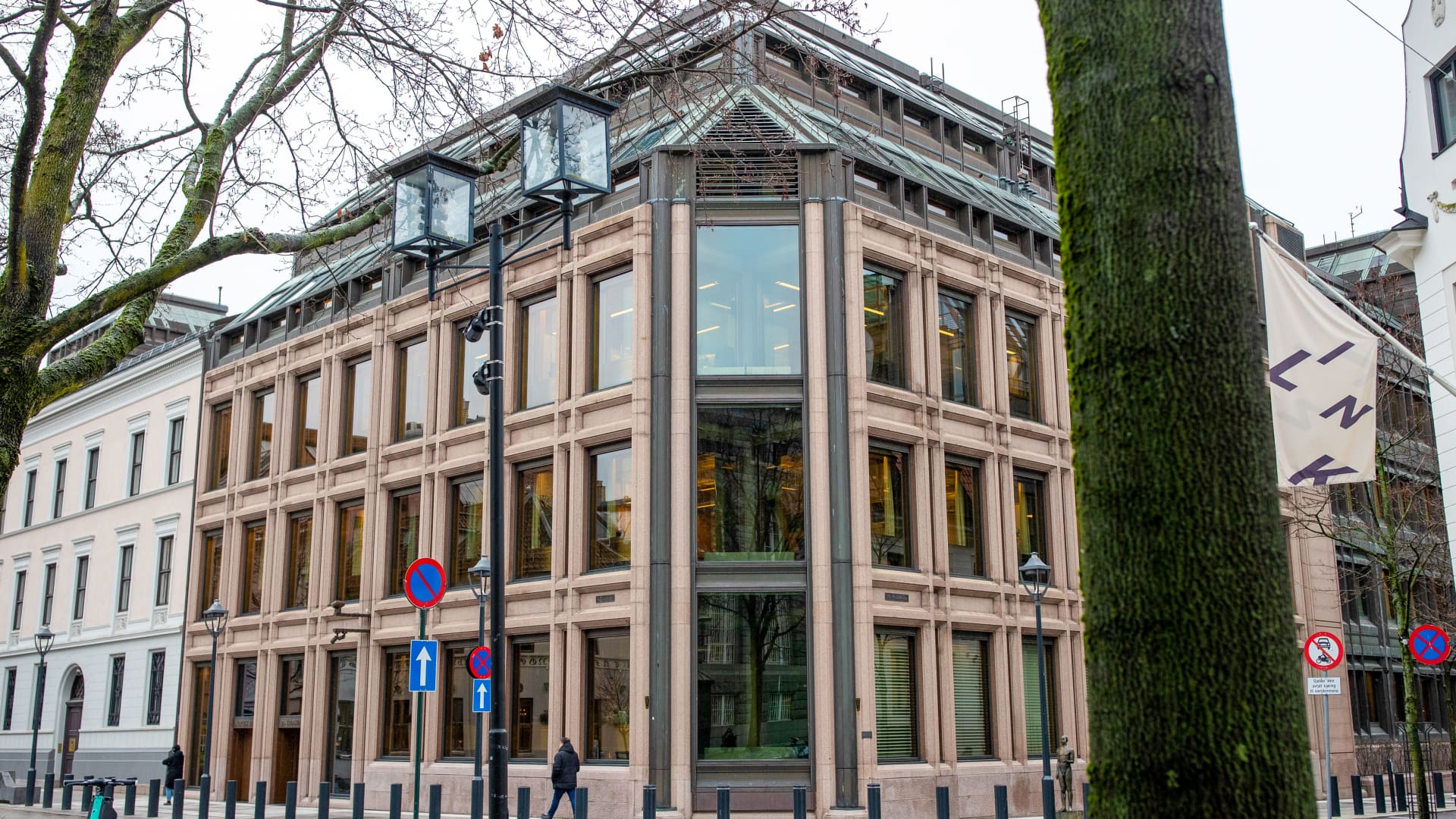(Bloomberg) — If there’s one key takeaway for financial markets after a year of pandemic, it’s that officials now seem predisposed to throwing huge amounts of money at protecting their economies.
For some strategists this embrace of ultra-low interest rates and record fiscal spending is becoming a flirtation with Modern Monetary Theory, which says governments can spend heavily when price pressures are low. President Joe Biden’s multi-trillion dollar infrastructure plan is set to be the next big outlay.
Whatever the truth of the claim about MMT, the flood of cheap money is reshaping markets. Pricing models have warped, a new breed of activist retail investor is amassing on forums such as WallStreetBets and Bitcoin is surging. Even the recent hedge fund blowup failed to dispel the liquidity-fueled optimism. The next big shift may be a breakout in inflation, judging by warnings from the likes of former Treasury Secretary Lawrence Summers.
“What Covid-19 has done is accelerated fiscal policy and fiscal response, and married closer and closer coordination with monetary tools,” said Viktor Shvets, head of Asian strategy with Macquarie Capital Ltd. “It’s not MMT yet, but it comes very close to it. The result is market signals atrophy and deteriorate.”
In stocks, day traders flush with stimulus checks and mobilized by “meme” culture have made a mockery of traditional investing rules. Call-option frenzy has eased but remains historically elevated in derivatives markets. Cryptocurrencies have soared atop the tide of cash injections.
Government policies that Mary Nicola, global multi-asset portfolio manager at PineBridge Investments, describes as “MMT-lite” are also galvanizing the inflation debate headlined by Summers.
Economic Slack
Her counter to warnings over price pressures amid the recovery from Covid-19 is that high unemployment shows economies have slack. Market expectations for inflation over the next decade have climbed steeply but remain roughly in line with the Federal Reserve’s 2% goal.
“We see the COVID-19 crisis as a deflationary shock which enables these ‘MMT-lite’ strategies to be adopted, at least for now,” Nicola said.
At the other end of the spectrum are calls to back assets like commodities and gold to hedge inflation risk. JPMorgan Chase & Co. strategists last month said commodities appear to have begun a supercycle of years-long gains.
This year’s bond market selloff signaled investor concern that price pressures may force an earlier than expected tapering of stimulus, thereby disappointing MMT proponents like the left wing of Biden’s Democratic party.
For Macquarie’s Shvets, investors will continue testing the policy backdrop for weaknesses, but there is no normalization in sight.
“Most investors are asking how do we normalize fiscal policy,” he said. “Well you don’t. The only thing that can derail it is if suddenly we have stagflation. But it’s very hard to generate inflation in a world that’s highly leveraged, highly financialized.”
With the Tide
Investors, meanwhile, are rowing with the tide of global liquidity, which has helped stocks vault about 51% over the past year.
“I don’t get too wrapped up in the exact particulars of historic average values when we’re in a totally different zipcode for interest rates,” said Scott Berg, global equities portfolio manager at T. Rowe Price. “We’re in this crazy weird world — stay invested, stay in the game.”
Officials seem convinced that history will judge global fiscal support of $14 trillion and counting, backed by expansive monetary policy, to be the right response to the crisis. Some veteran market watchers agree.
“What we’ll remember is that the benefits of very aggressive policy intervention appeared to vastly outweigh the cost,” said Andrew Sheets, chief cross-asset strategist at Morgan Stanley.
(Updates with Biden’s plan in the second paragraph.)
For more articles like this, please visit us at bloomberg.com
Subscribe now to stay ahead with the most trusted business news source.
©2021 Bloomberg L.P.





